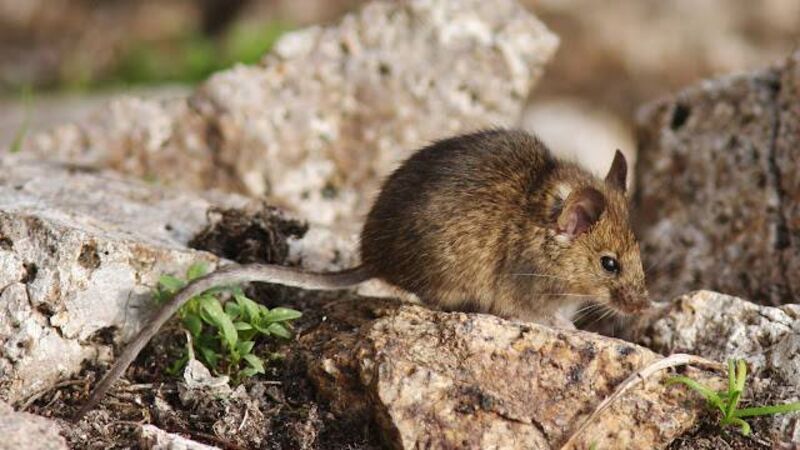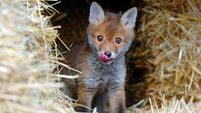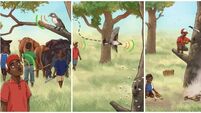Mice: tiny invaders with a lot of power, and they can cause quite a bit of havoc outdoors too

House mouse on the Farallon Islands NWR. Picture: Jim Tietz, Point Blue
‘Of all other living creatures, elephants cannot abide a mouse or a rat’, declared Pliny the Elder in his History of Nature (published in 77AD). Is this an ancient ‘fake news’ story?
Researchers at the University of Melbourne examined reliably-documented cases of elephants appearing to run from mice. They concluded that the great beasts were not responding to the tiny rodents as such, but to the sudden movement of a creature, in their immediate vicinity, which the poor-sighted elephants couldn’t see.








